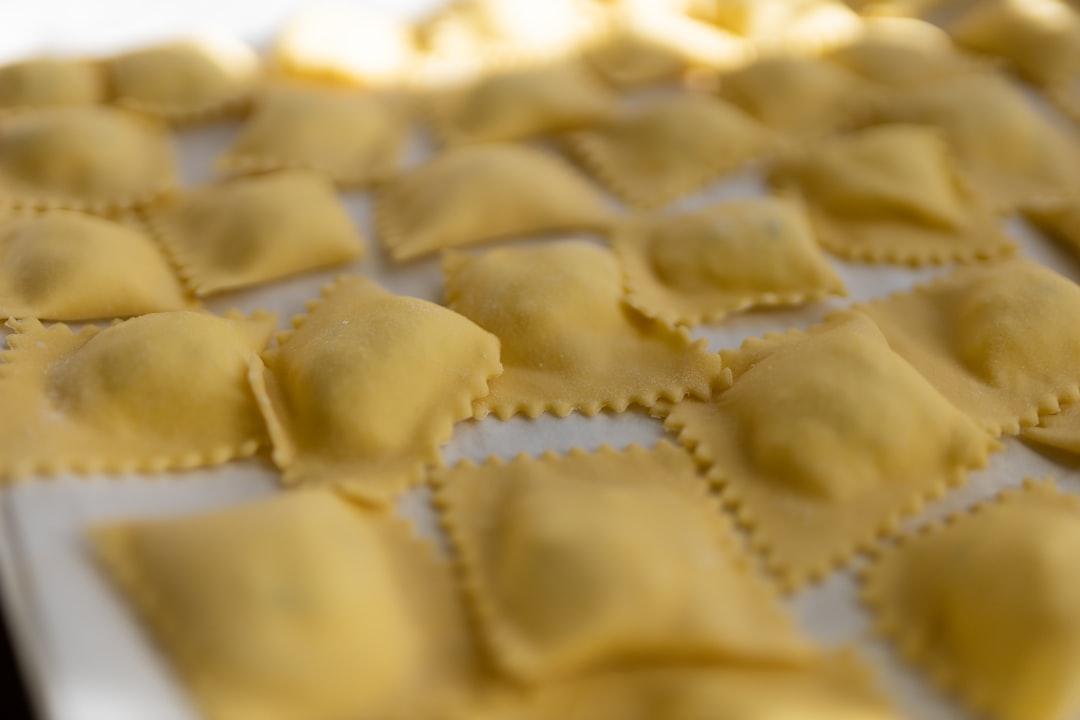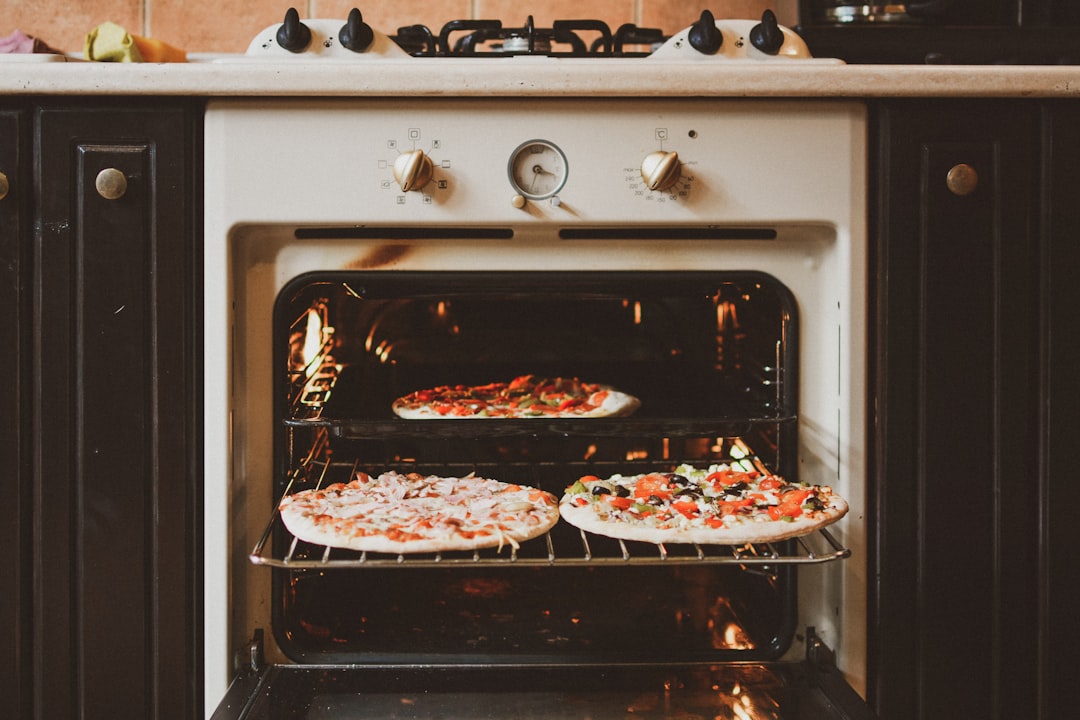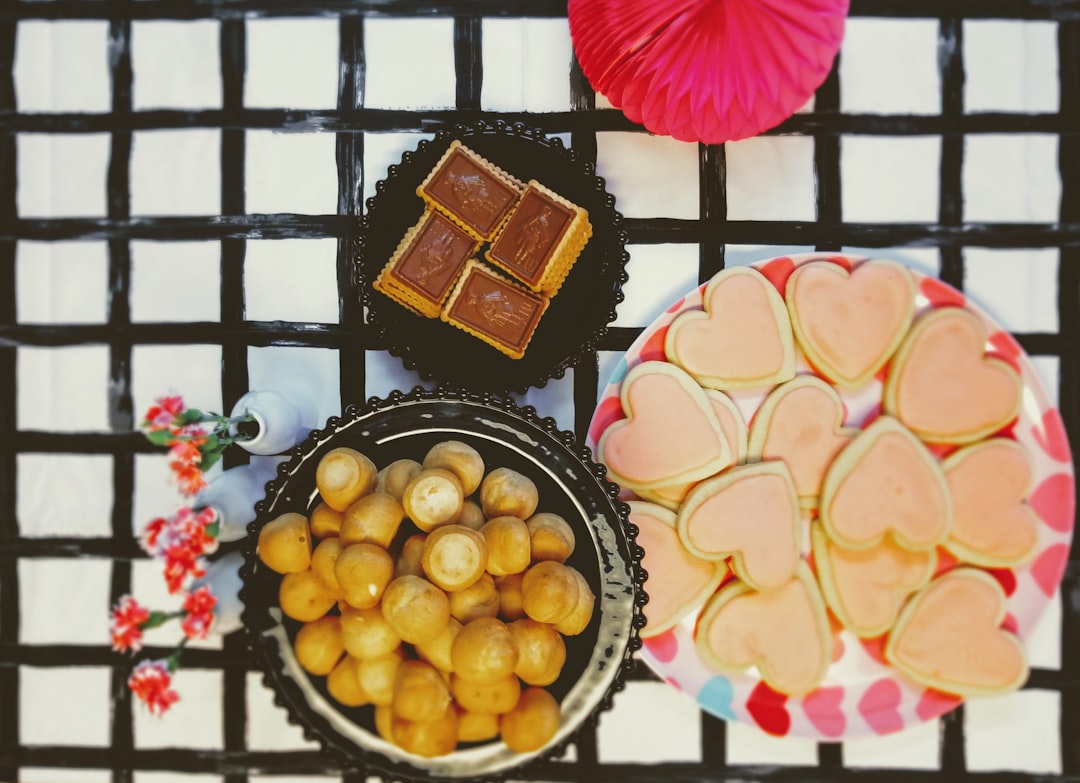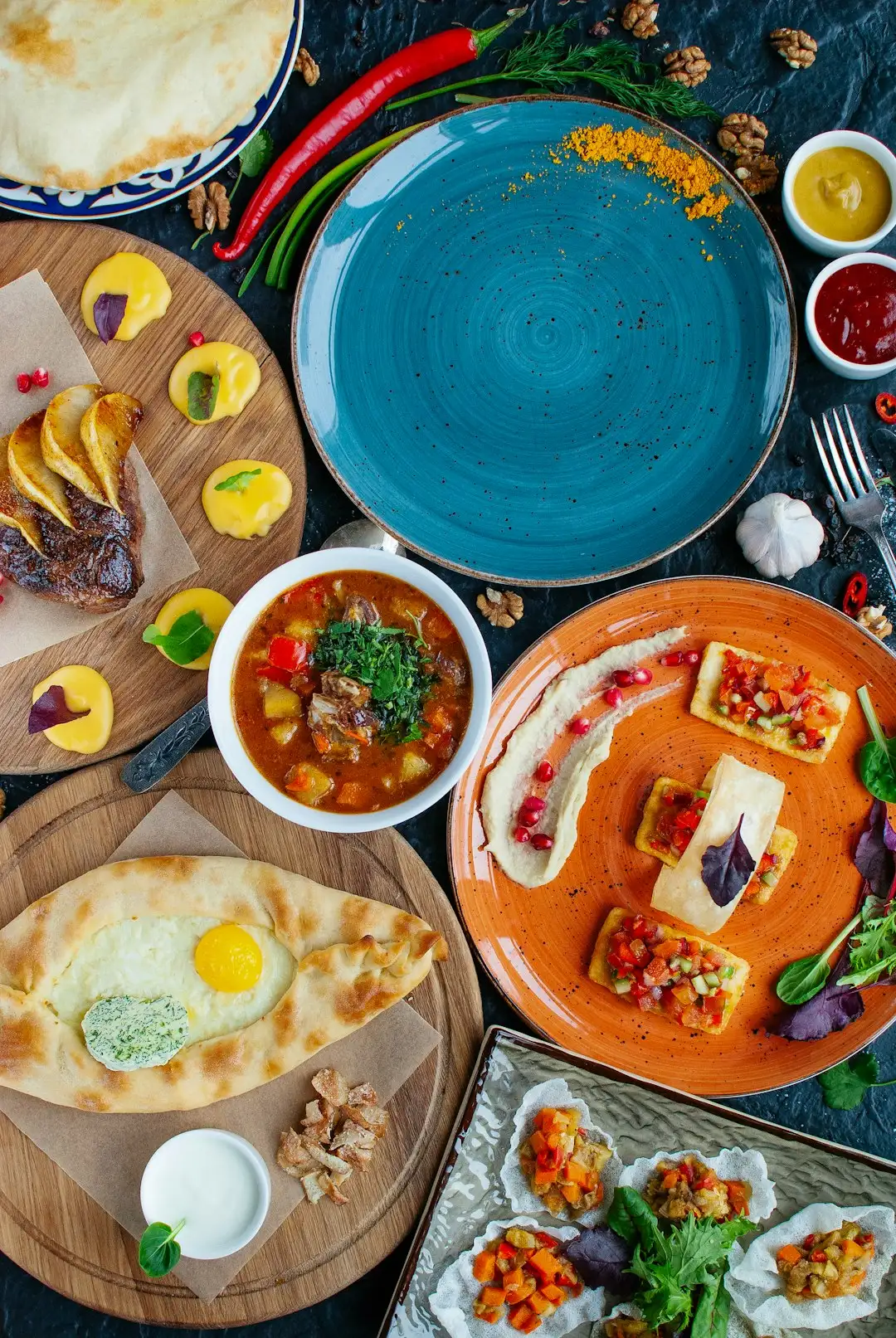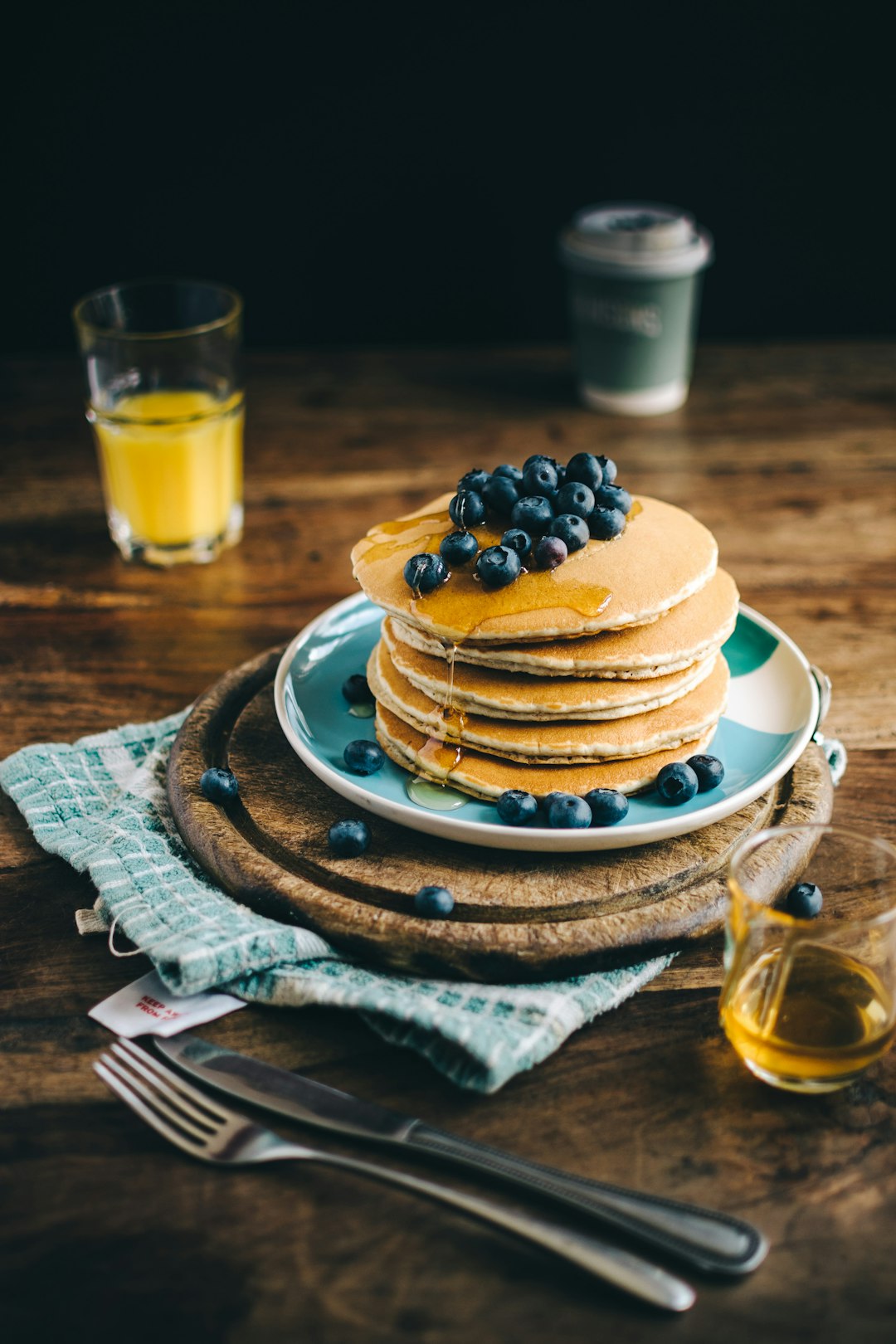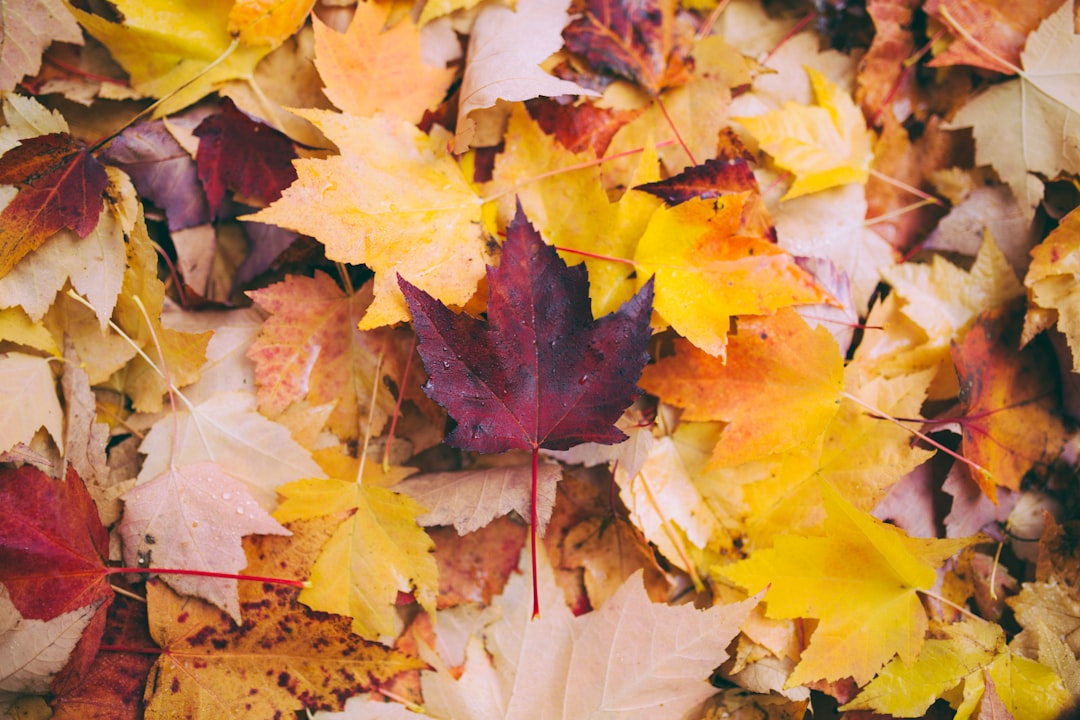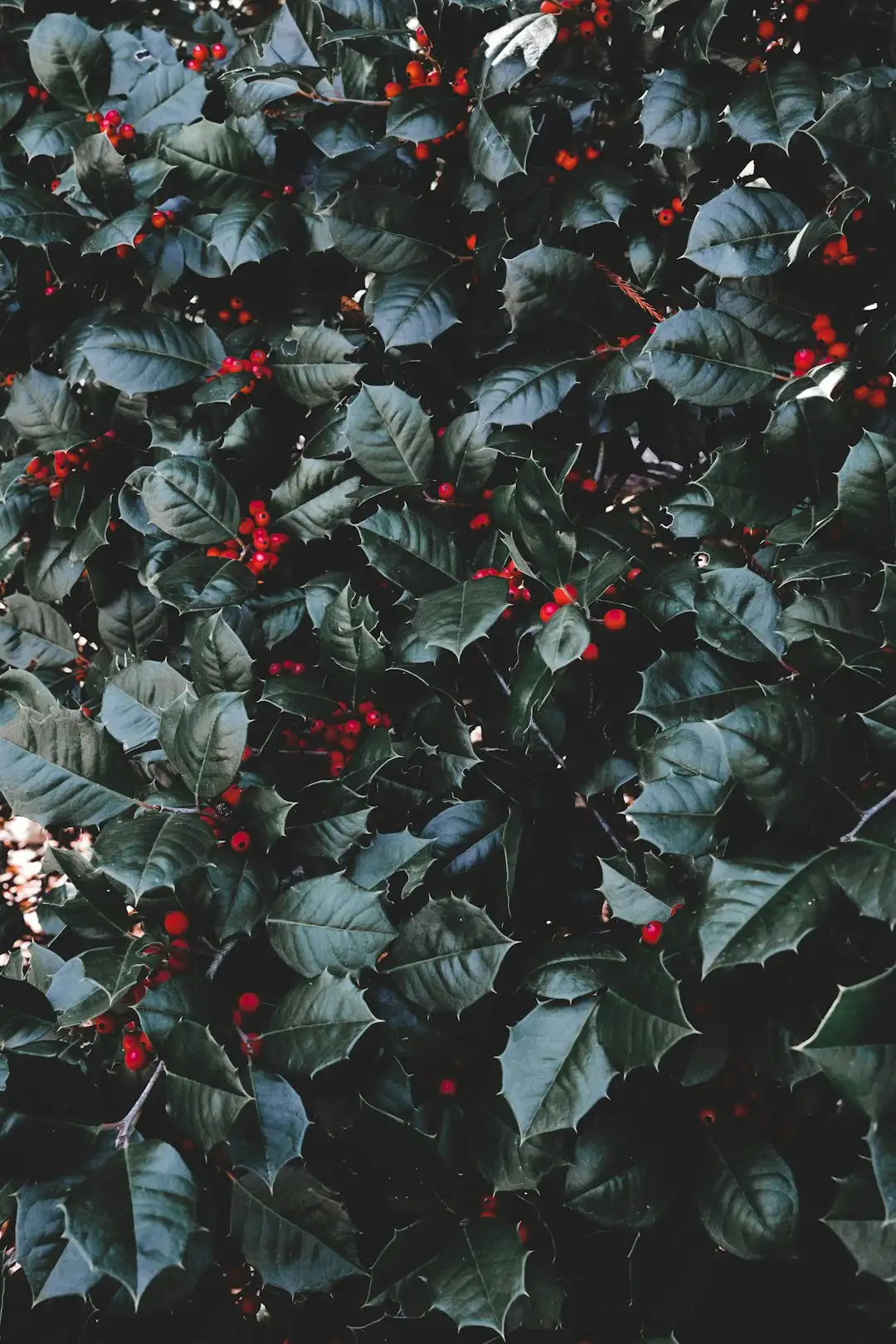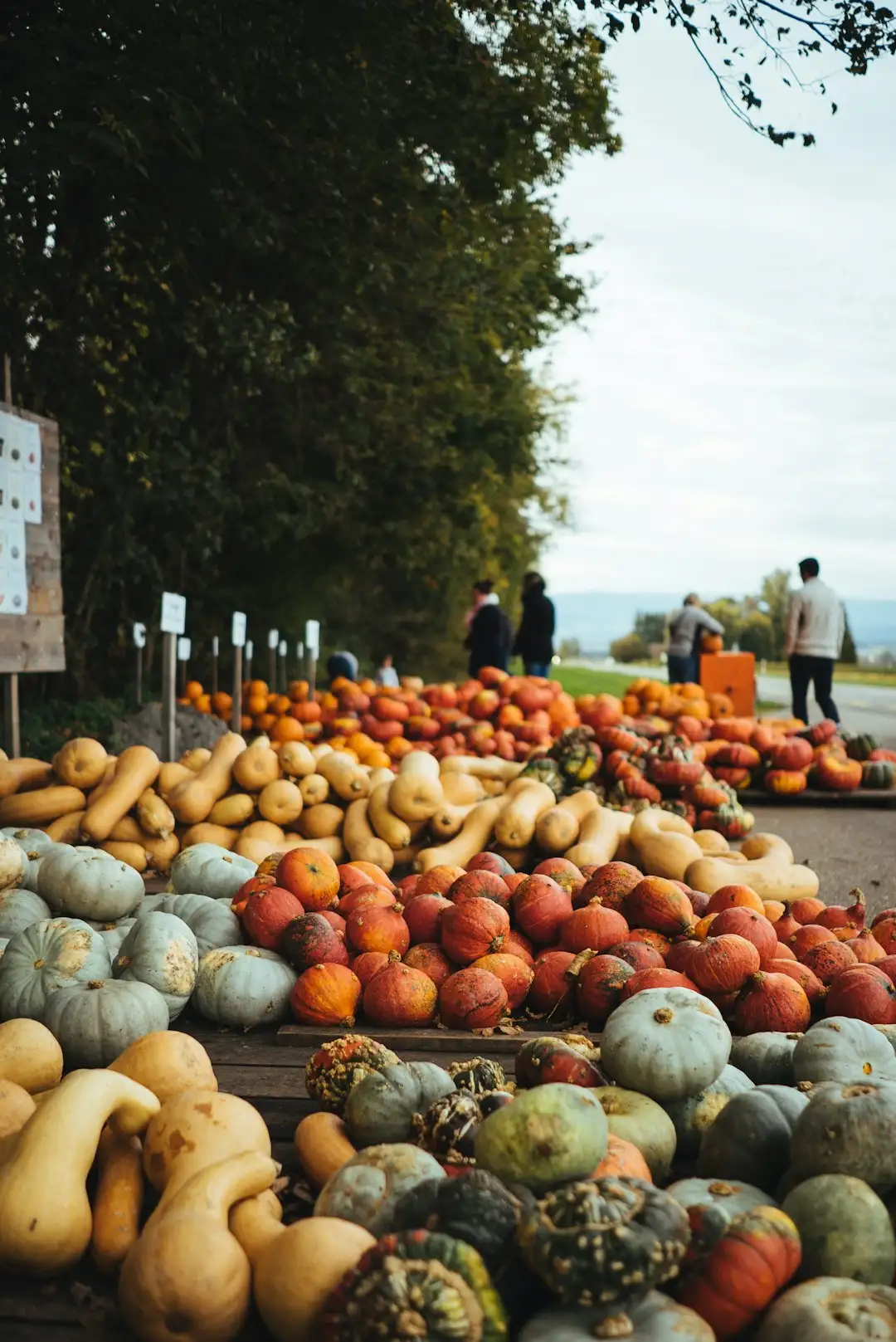Embarking on the journey of making sourdough bread is like entering a world where patience meets passion, and the end result is a masterpiece of flavor and texture. Sourdough bread, with its distinct tangy taste and chewy crust, has been a staple in many cultures for centuries. It's not just a loaf of bread; it's a labor of love that requires time, dedication, and a bit of scientific know - how.
At the heart of sourdough bread making is the sourdough starter. This living culture is a symbiotic relationship between wild yeast and lactic acid bacteria. Creating a sourdough starter is like nurturing a little pet. You start by combining flour and water in a jar and leaving it at room temperature. Over the next few days, you'll notice bubbles forming as the yeast and bacteria start to multiply. This process can take anywhere from a few days to a week, depending on the environment. The key is to feed the starter regularly, discarding some of the old mixture and adding fresh flour and water. This keeps the culture healthy and active.
Once your sourdough starter is ready, it's time to move on to the bread - making process. The first step is to mix the starter with flour, water, and a little salt. The type of flour you use can greatly affect the final outcome of the bread. Whole wheat flour will give the bread a nutty flavor and a denser texture, while white flour will result in a lighter, airier loaf. You'll need to knead the dough thoroughly, either by hand or with a mixer. Kneading helps to develop the gluten in the flour, which gives the bread its structure.
After kneading, the dough needs to rise. This is where the magic of sourdough really happens. The wild yeast in the starter ferments the sugars in the flour, producing carbon dioxide gas. This gas gets trapped in the gluten network, causing the dough to expand. The first rise can take several hours, sometimes even overnight. It's important to let the dough rise in a warm, draft - free place. You can tell the dough is ready when it has doubled in size.
Once the first rise is complete, you'll need to shape the dough into a loaf. This can be a bit tricky, especially if you're new to bread making. There are many different shaping techniques, but the goal is to create a tight, round loaf that will bake evenly. After shaping, the dough needs to have a second rise. This is usually a shorter rise, about an hour or so.
Finally, it's time to bake the bread. Preheat your oven to a high temperature, usually around 450°F (230°C). You can bake the bread in a Dutch oven or on a baking sheet. If you're using a Dutch oven, place the dough inside and cover it with the lid. The lid helps to trap steam, which creates a crispy crust on the bread. Bake the bread for about 30 - 40 minutes, or until it's golden brown and sounds hollow when tapped on the bottom.
The moment you take the freshly baked sourdough bread out of the oven is truly rewarding. The aroma that fills the kitchen is intoxicating, and the sight of the golden - brown crust is mouth - watering. But the real test is the first bite. The chewy texture, the tangy flavor, and the complex aroma all come together in a symphony of taste. It's a far cry from the mass - produced bread you find in the supermarket.
Making sourdough bread is not just about creating a delicious loaf of bread. It's about connecting with a tradition that has been passed down through generations. It's about understanding the science behind fermentation and the art of bread making. And most importantly, it's about the joy of sharing a homemade loaf of bread with friends and family. So, if you're looking for a new hobby that combines creativity, patience, and delicious results, give sourdough bread making a try. You won't be disappointed.


